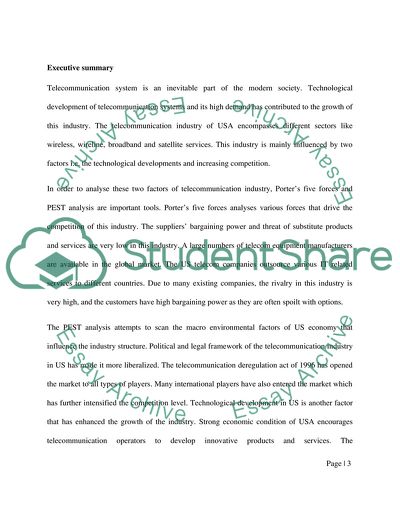Cite this document
(The Global Telecommunications Industry In USA Research Paper, n.d.)
The Global Telecommunications Industry In USA Research Paper. Retrieved from https://studentshare.org/media/1742844-the-global-telecommunications-industry-in-usa
The Global Telecommunications Industry In USA Research Paper. Retrieved from https://studentshare.org/media/1742844-the-global-telecommunications-industry-in-usa
(The Global Telecommunications Industry In USA Research Paper)
The Global Telecommunications Industry In USA Research Paper. https://studentshare.org/media/1742844-the-global-telecommunications-industry-in-usa.
The Global Telecommunications Industry In USA Research Paper. https://studentshare.org/media/1742844-the-global-telecommunications-industry-in-usa.
“The Global Telecommunications Industry In USA Research Paper”, n.d. https://studentshare.org/media/1742844-the-global-telecommunications-industry-in-usa.


